Why Wood You?
Over 30 years ago, we asked a simple question: why does a deck have to be so much work? Wood worked for a while, but it faded, splintered, and needed constant upkeep. We believed there had to be a better way, so we invented it.
We took reclaimed materials and turned them into something extraordinary: decking that looks amazing, lasts for decades, and frees you from the never-ending cycle of sanding and staining. It’s a deck designed to fit your life. Welcome to more time spent hosting, relaxing, and making memories, and less time dealing with repairs. It’s more than a deck—it’s a new way to live outside.

Ditch the Downsides of Wood

Insect Damage
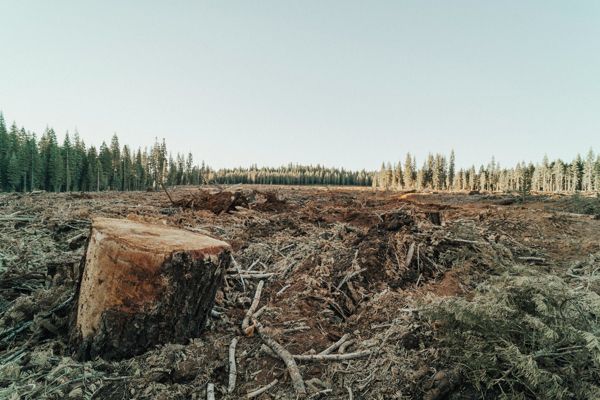
Deforestation
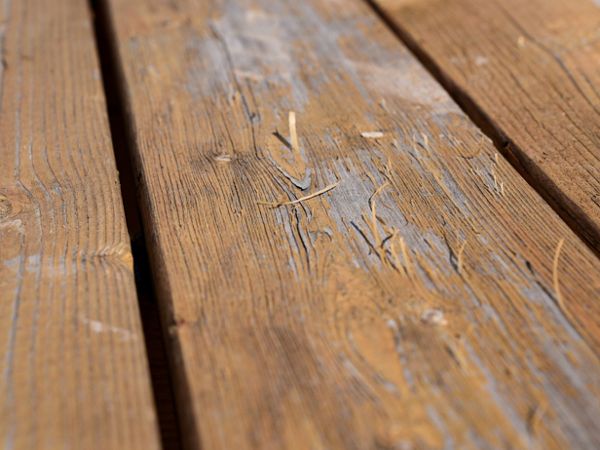
Splinters
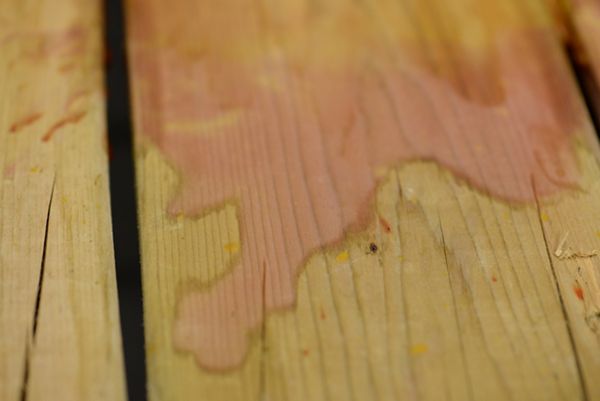
Tough Clean Up
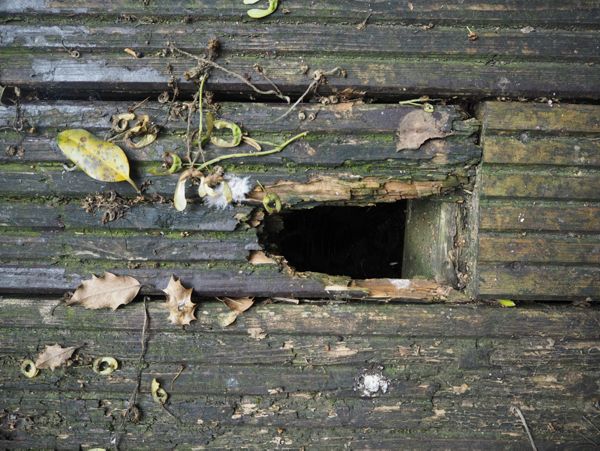
Rotting
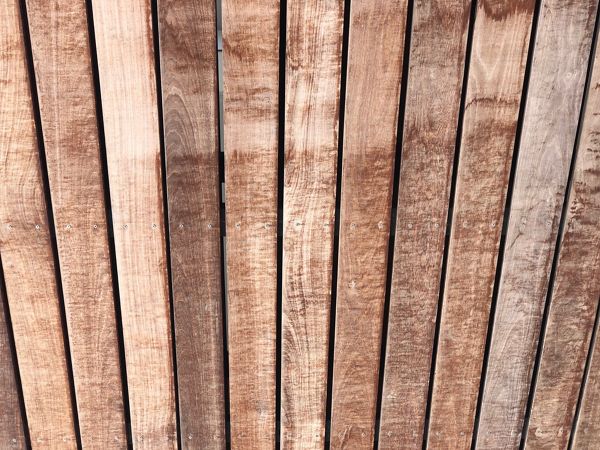
Color Fading & Staining
The Trex Difference
Trex decking isn't just built to last—it's made to transform your outdoor space into a place you'll love for years, with less work and more wow.
While wood decks often call it quits around the 15-year mark, Trex is built differently. Performance-engineered for the long haul, Trex decking comes with warranties ranging from 25 to 50 years, depending on your product line.
Trex decking keeps its vibrant color year after year, no touch-ups required. Unlike wood, which fades in just a year or two and needs constant refinishing, Trex is made to look stunning for the long haul.
Select Trex colors that feature SunComfortable™ heat-mitigating technology*, designed to reflect more of the sun’s rays and stay cooler to the touch on the hottest days compared to traditional composite boards.
Trex decking is crafted from up to 95% recycled and reclaimed materials, providing an eco-friendly choice.
Trex deck owners spend less than an hour per year on upkeep, while wood deck owners often dedicate an entire weekend annually to sanding, staining, and sealing.
While the upfront cost of wood may seem lower, over 50 years—Trex's top warranty length—on average, a wood deck costs 40% more in maintenance due to frequent repairs, sanding, and staining.
Trex decking won't rot, crack or splinter, giving you a smooth, safe surface that lasts for years. Wood decking can’t say the same.
From your first question to final installation and beyond, our customer care team is here to guide and support you every step of the way.
Cost of Trex vs. Wood Over Time
Is Trex® Worth the Investment? Let’s Break It Down
The cost of building a deck depends on materials, design, and installation—but long-term savings matter, too. Wood decks can cost up to $400 annually for maintenance like stains and sealants, plus the time and effort to keep them looking good. With Trex, maintenance costs are as low as $10 a year, and its durability shines with warranties up to 50 years—far outlasting wood’s 15-year average lifespan. Even better, Trex offers decking lines designed to rival the upfront costs of the most popular types of wood, making it a smart investment from day one.
Curious how Trex stacks up against wood over time?
| Material | Cost Per Sq. Ft. |
|---|---|
| Pressure-Treated Pine | $2.50 - $4.50 |
| Redwood | $5 - $15 |
| Ipe | $15 - $22 |
| Mahogany | $15 - $25 |
| Cedar | $8.50 - $20 |
| Trex Composite Decking | $4.60 - $13.60 |
Material Cost of Deck Boards
The cost of building a new deck depends on its size, design, material choice, and installation expenses. Labor typically accounts for about two-thirds of the total project cost, but both labor and installation fees can vary by region. Additional features like railings, lighting, and benches will also increase material costs. Let's take a look at the average cost of the most common decking materials.
So when you choose Trex, you’re not just saving money long-term—you’re saving your weekends, your energy, and your peace of mind. The only question left is how you’ll enjoy all that extra free time.
*Average price range excludes Trex Signature® decking, our luxury decking collection. Trex actual material costs and install costs can and will vary based on geographic area, site location, seasonality, design complexity, whether the product is stocked locally, and additional features such as stairs, angles, curves, lighting, etc. For most professionally installed projects, materials constitute up to one third of the total cost.
Material Cost of Deck Boards
The cost of building a new deck depends on its size, design, material choice, and installation expenses. Labor typically accounts for about two-thirds of the total project cost, but both labor and installation fees can vary by region. Additional features like railings, lighting, and benches will also increase material costs. Let's take a look at the average cost of the most common decking materials.
So when you choose Trex, you’re not just saving money long-term—you’re saving your weekends, your energy, and your peace of mind. The only question left is how you’ll enjoy all that extra free time.
| Material | Cost Per Sq. Ft. |
|---|---|
| Pressure-Treated Pine | $2.50 - $4.50 |
| Redwood | $5 - $15 |
| Ipe | $15 - $22 |
| Mahogany | $15 - $25 |
| Cedar | $8.50 - $20 |
| Trex Composite Decking | $4.60 - $13.60 |
*Average price range excludes Trex Signature® decking, our luxury decking collection. Trex actual material costs and install costs can and will vary based on geographic area, site location, seasonality, design complexity, whether the product is stocked locally, and additional features such as stairs, angles, curves, lighting, etc. For most professionally installed projects, materials constitute up to one third of the total cost.
Wood Makes Us Look Good
Explore these transformations from homeowners who decided to make the upgrade to Trex.
Frequently Asked Questions
Dive into the answers to our most common questions about how Trex compares to wood.
A wooden deck typically lasts around 20 years with consistent upkeep, but exposure to harsh conditions or neglect can cut that lifespan in half. Ipe decking offers greater durability and longevity than softwoods, but it’s costly and still requires regular maintenance to preserve its appearance.
Trex composite decking takes durability to the next level. While some Trex products can last up to 50 years, our baseline decking options come with a robust 25-year limited residential warranty. Resistant to rot, fading, splintering, and mold, Trex delivers a low-maintenance solution that eliminates the need for frequent staining or sealing, so you can spend more time enjoying your deck and less time maintaining it.
Pressure-treated decks have long been the go-to option—wood, splinters, stains, and all. But just because they’ve been the default doesn’t make them the best choice. At a similar cost, Trex Enhance moves past those compromises. Say goodbye to the constant cycle of staining, sealing, and repairing. Trex composite decking resists rot, mold, and fading, with colors that stay vibrant year after year.
Some options even feature SunComfortable™ heat-mitigating technology, keeping your deck cooler compared to our original deck boards* because performance you can feel should always be part of the package. And unlike pressure-treated wood, Trex is backed by a 25-year limited residential warranty. It's a deck built for the modern world—effortless, durable, and designed to outlast the old way of doing things.
*Trex SunComfortable™ decking stays cooler than our original boards, but like all decking, it will get hot in direct sun, especially darker colors. Care should be taken to avoid extended contact between exposed skin and the deck surface, especially with young children and those with special needs.
Cedar and redwood have long been seen as premium options—natural, beautiful, and durable. But beauty fades, literally. Over time, these woods require regular staining, sealing, and maintenance to stay in shape, and even then, they can splinter, warp, or succumb to rot.
Trex composite decking rewrites the rules. Whether you choose Trex Select, Trex Transcend, or the innovative Trex Lineage, you’re stepping into a world of low-maintenance, high-performance design. Trex Select offers timeless style and durability backed by a 35-year limited residential warranty. Trex Transcend and Trex Lineage go even further, with 50-year warranties for unmatched peace of mind.
And Lineage doesn’t just last—it keeps things cool. Thanks to SunComfort™ heat-mitigating technology, it’s engineered to make even the hottest days more enjoyable. This innovative decking line combines long-lasting durability with everyday comfort—because your deck should feel as good as it looks.
It’s a smarter way to deck—effortless, enduring, and made to outlast the best of yesterday.
Ipe and exotic hardwoods are often celebrated for their rich beauty and strength, but that beauty comes with a price—literally and figuratively. These woods demand constant upkeep to retain their appearance, from regular oiling to protect against fading, to sealing that combats moisture and weathering. Even with diligent care, they can splinter, warp, or show signs of wear over time.
Trex Signature changes the game. With its sleek design, long-lasting performance, and minimal maintenance, it’s the modern answer to exotic hardwoods. Backed by a 50-year limited residential warranty, Trex Signature offers unparalleled durability and peace of mind. Unlike hardwoods, it resists fading, rot, and splintering—keeping its pristine look year after year without the endless upkeep.
Effortless, enduring, and built for the way you live today, Trex Signature doesn’t just match the elegance of hardwood—it surpasses it. It’s time to leave the compromises behind and choose a deck that works as hard as you do.
*Our SunComfortable™ products with heat-mitigating technology are designed to be cooler than most other composite decking products of a similar color. Although engineered to be more comfortable, they can still get hot to the touch when direct sunlight and high temperatures converge for extended periods of time. On such days, care should be taken.
This content was partially or fully generated by AI and has been reviewed by our team to ensure accuracy and relevance.

:Large?wid=700&fit=constrain,0)

































